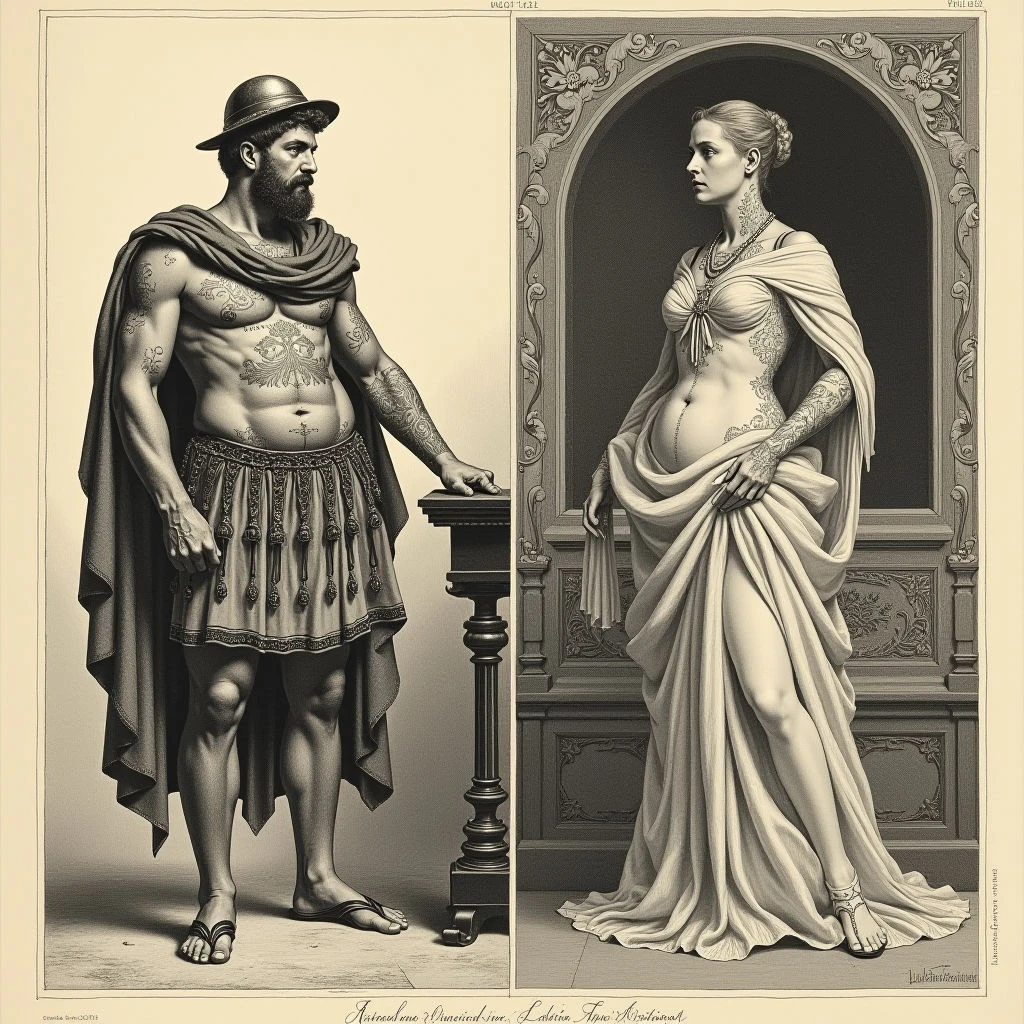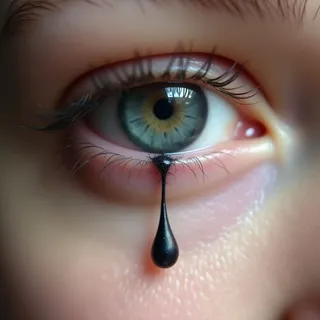Understanding the Evolution of Tattoo Perceptions
Ancient Perceptions
For centuries, tattoos have adorned human bodies, serving as marks of identity, spirituality, and status across various cultures. Yet, alongside their significance, a stigma often shadowed them—a perception of being ‘bad’ or undesirable.
In some early civilizations, tattoos were linked to rituals, marking rites of passage, tribal affiliations, or even punishments. While respected within those contexts, outsiders might view these markings with suspicion or fear.
The Roman Empire initially embraced tattooing for military purposes – branding slaves and prisoners. Later, it became associated with barbarians and the lower classes, leading to a decline in its acceptance among elites.
Similarly, early Christianity often condemned tattoos as pagan practices, further contributing to their negative portrayal.
The Victorian Era & Beyond
During the Victorian era in Europe and America, tattoos were largely confined to sailors and marginalized groups.
They became linked with criminal activity and a lack of refinement, reinforcing social boundaries. This association persisted well into the 20th century.
Modern Acceptance
Thankfully, attitudes have dramatically shifted. The rise of tattoo artistry as an established craft, coupled with increased visibility in mainstream media, has significantly challenged outdated stigmas.
Today, tattoos are widely embraced as forms of self-expression and personal storytelling. While some historical negativity may linger, the cultural landscape is undeniably changing.


